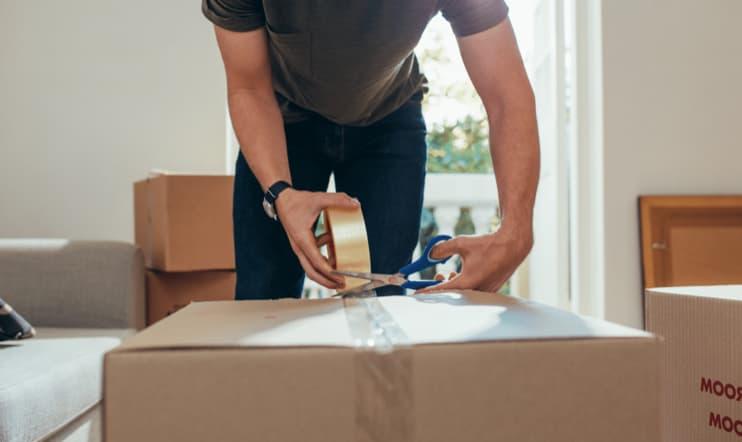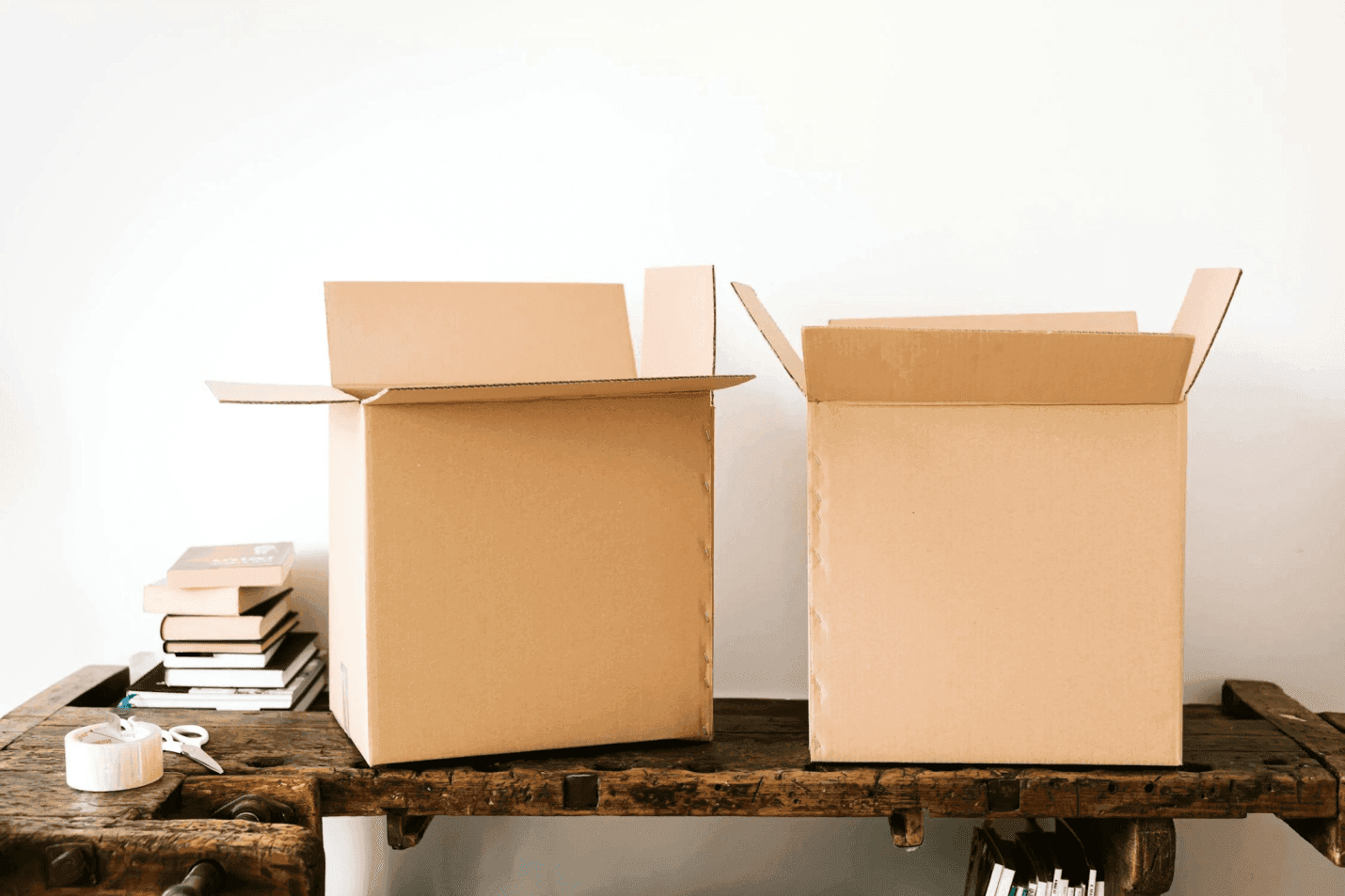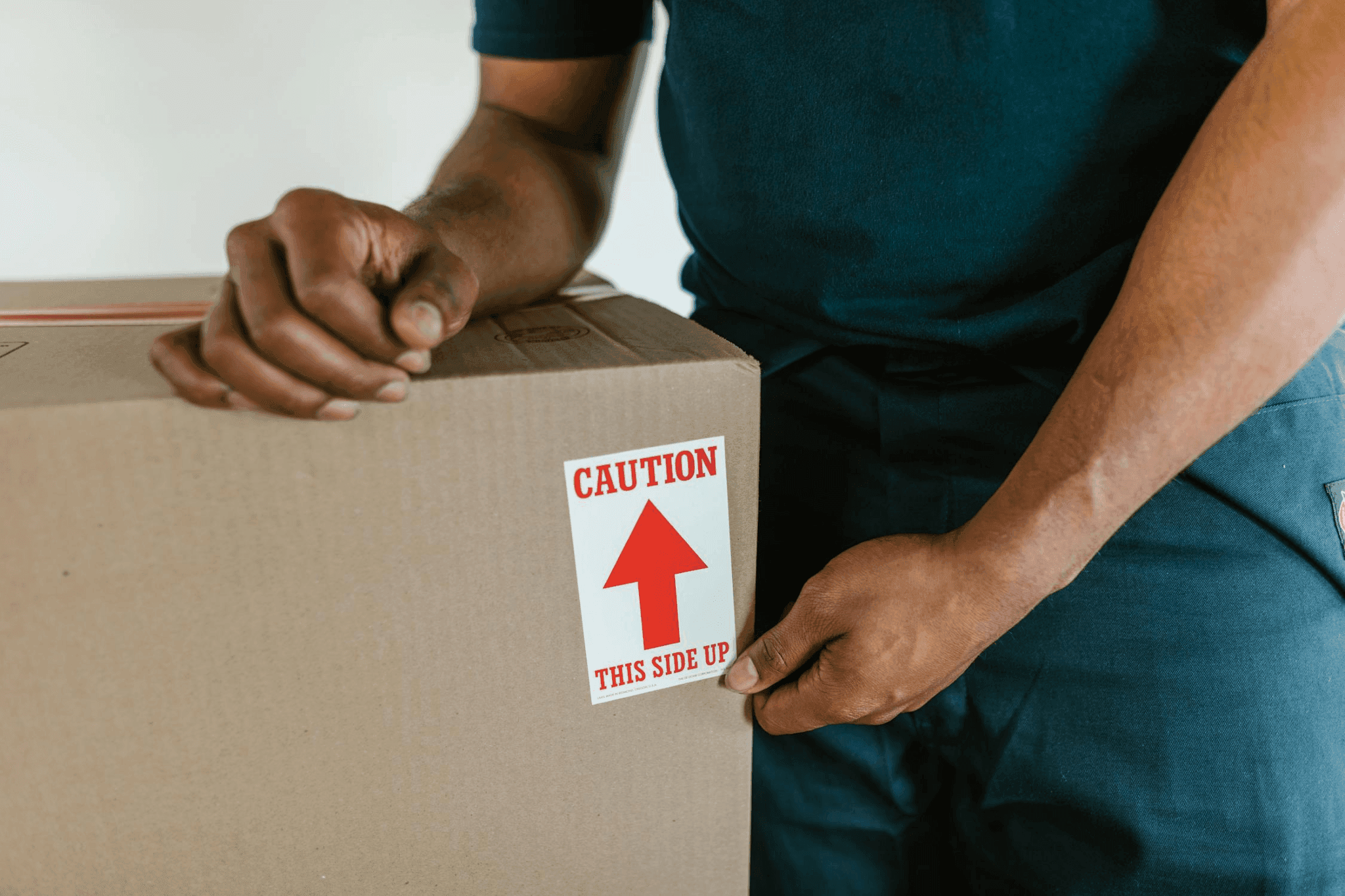Thank you for your feedback!
We will contact you shortly
Free consultation
Enter your phone number and we will call you back for a consultation on any moving and storage services
Mastering the Art of Effective Packing for Shipping
Discover the secrets to safe and secure shipping with our comprehensive guide on proper packing methods, shipping box preparation, essential packaging materials, secure box sealing techniques, and the importance of shipping box weight distribution. Learn how to protect your valuable items during transit.

When it comes to ensuring the safe and secure delivery of your valuable items, proper packing methods are essential. Whether you're sending packages across town or shipping them across the country, the way you prepare your boxes can make all the difference in the world. In this comprehensive guide, we will delve into the art of shipping box preparation, discuss the crucial role of packaging materials for shipping, explore secure box sealing techniques, and highlight the importance of shipping box weight distribution.
Proper Packing Methods
The foundation of a successful shipping process begins with mastering proper packing techniques. It's not just about throwing your items into a box and sealing it up. Instead, it involves a meticulous process of ensuring that your goods are well-protected throughout their journey. To achieve this, consider the following steps:
Choose the Right Box: The first step is selecting a box that suits your items' size and weight. It should provide ample space for your items without leaving too much room for them to shift during transit.
Bubble Wrap and Cushioning: Wrapping fragile items in bubble wrap or using cushioning materials like packing peanuts or foam inserts is crucial to prevent breakage.
Organize and Layer: Place heavier items at the bottom of the box and lighter, more delicate items on top. Creating layers with protective materials helps absorb shocks during handling.
Shipping Box Preparation
Before you even start packing, it's essential to prepare your shipping box properly. This involves checking the box for any structural weaknesses, such as dents or tears, that might compromise its integrity during transit. Make sure to seal any openings or gaps with strong tape to prevent dust or moisture from entering the box.
Packaging Materials for Shipping
The choice of packaging materials is a key factor in ensuring the safety of your items during shipping. Investing in high-quality materials can mean the difference between a successful delivery and damaged goods. Consider the following materials for optimal protection:
Cardboard Boxes: Opt for sturdy, corrugated cardboard boxes that can withstand the rigors of shipping.
Bubble Wrap: This is an excellent option for wrapping delicate or fragile items, providing a protective cushioning layer.
Packing Paper: Use packing paper to wrap items individually or to fill empty spaces in the box to prevent shifting.
Packing Tape: Choose strong, high-quality packing tape to seal your boxes securely.
Secure Box Sealing Techniques
Ensuring that your box is securely sealed is a critical step in preventing tampering and protecting your items. Use the following techniques to seal your box effectively:
H-Taping Method: Apply packing tape in an "H" shape across the top of the box for added security.
Reinforce Corners: Pay special attention to the corners of the box, as they are vulnerable areas. Adding extra tape to reinforce them can help.
Label Clearly: Clearly label your box with the destination address and any relevant handling instructions. This ensures that your package reaches its intended recipient without any issues.
Shipping Box Weight Distribution
Lastly, don't overlook the importance of proper weight distribution within the box. An uneven distribution of weight can lead to boxes tipping over or items getting damaged during handling. To achieve optimal weight distribution:
Place heavier items at the bottom of the box, ensuring they are evenly spread.
Fill any empty spaces with packing materials to prevent items from shifting during transit.
In conclusion, mastering the art of effective packing for shipping involves a combination of proper packing methods, shipping box preparation, the use of high-quality packaging materials, secure box sealing techniques, and attention to shipping box weight distribution. By following these guidelines, you can ensure the safe and secure delivery of your valuable items, whether you're sending them across town or around the world.

Desten Musoni
Senior Manager
As a Senior Manager of Star Van lines, There is nothing that keeps me up at night more than thinking about being one of the best company in the nation and providing an impeccable service to each of our customers. With the unique experience of being responsible for the relocation of the many customers around the nation for 5+ years. Proven to be instrumental in developing processes that allow for timely and cost-effective project and move management. Through the many challenges that are presented in relocating people and their items the ability to manage any size project presented has been gained. Energetic and resourceful professional proficient in project management and team leadership. Innate problem solving abilities and customer service skills. We are providing an impeccable service with teams of movers that are experienced. We have customer service support available for any updates as soon as the job info is booked until at the delivery and most of the time I am involved as well to deal with complex issues if any occurs. Customers are our primary priority, so we do our best to get the jobs done properly with efficiency. We have more than 20+ trucks and trailers.
FAQ
Questions? Look here
Can’t find an answer? Call us
(855) 822-2722 or email [email protected]
Proper packing ensures your belongings remain safe and secure throughout transit. Well-packed boxes protect fragile items from damage, reduce shifting during transportation, and make loading and unloading more efficient. At Star Van Lines, our professional packing and unpacking services are designed to minimize risks and provide peace of mind.
High-quality moving boxes, bubble wrap, packing paper, and strong tape are essential for safe shipping. For heavier or fragile items, specialized materials such as dish packs, wardrobe boxes, and custom crating may be required. Our team uses only premium-grade supplies to guarantee durability and protection.
Yes, absolutely! We offer full-service packing and unpacking to save you time and stress. Whether you need complete household packing, fragile-only packing, or custom solutions for bulky items like pianos or safes, our movers are trained to handle it all with care.
To make packing and shipping more efficient, we recommend decluttering, labeling items, and separating valuable or essential belongings. If you choose our packing services, simply set aside the items you’ll take personally, and our team will handle the rest.









